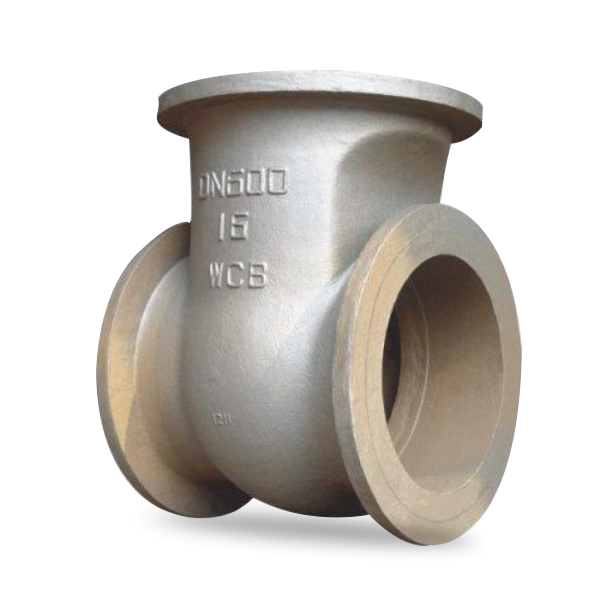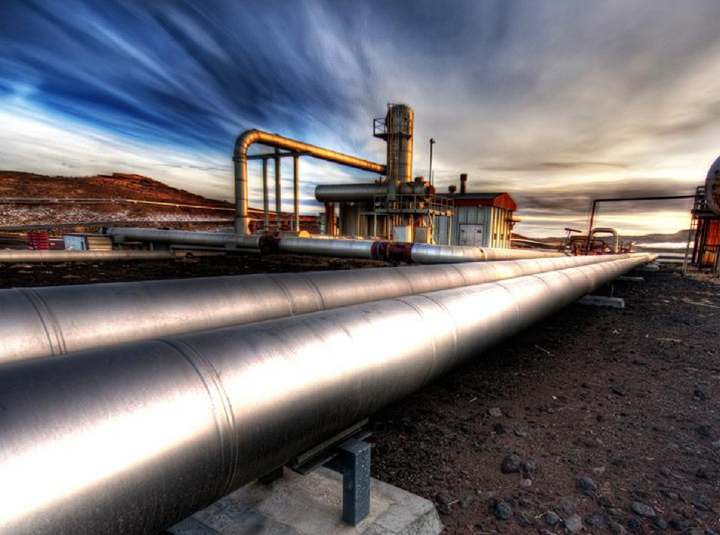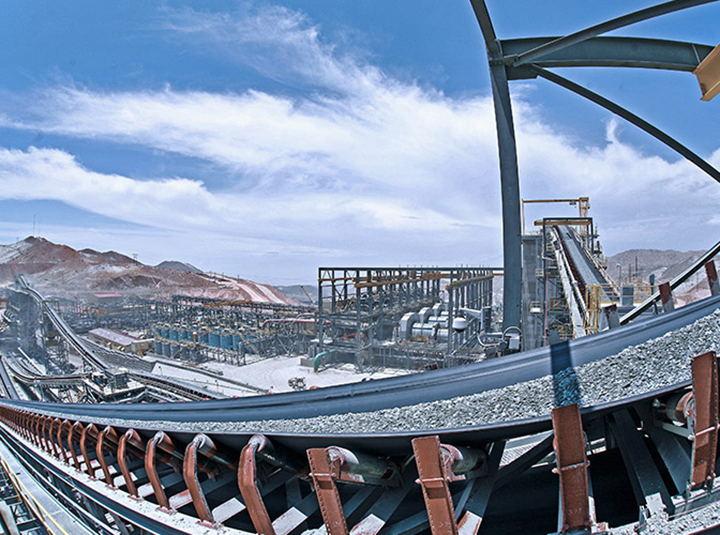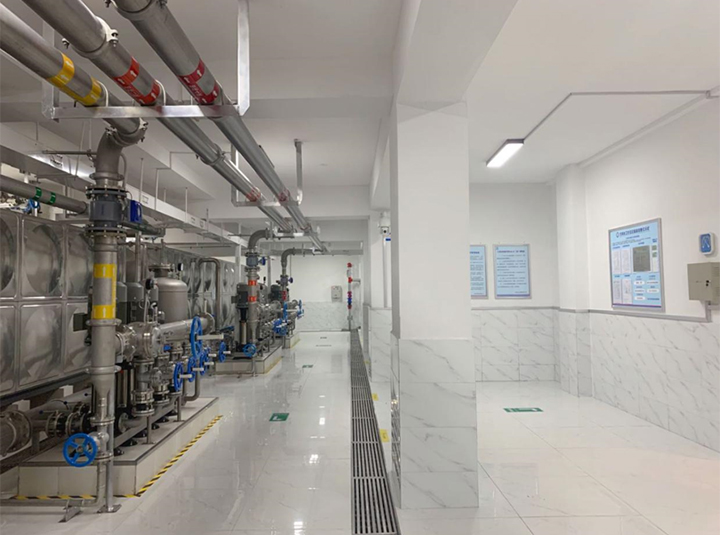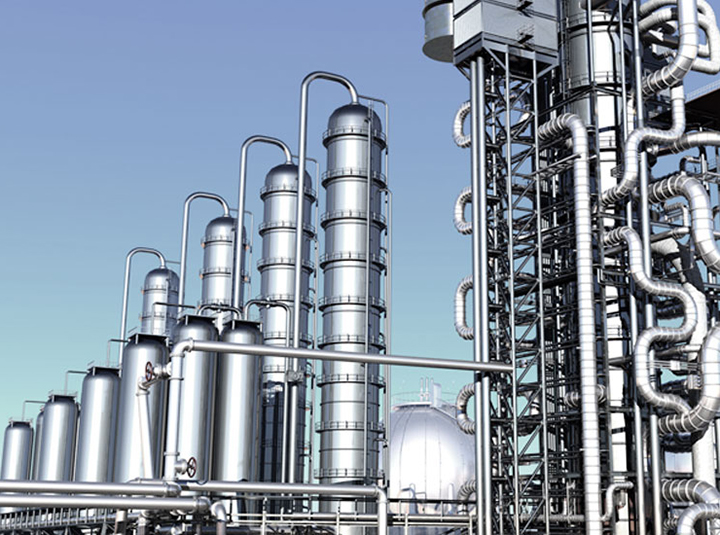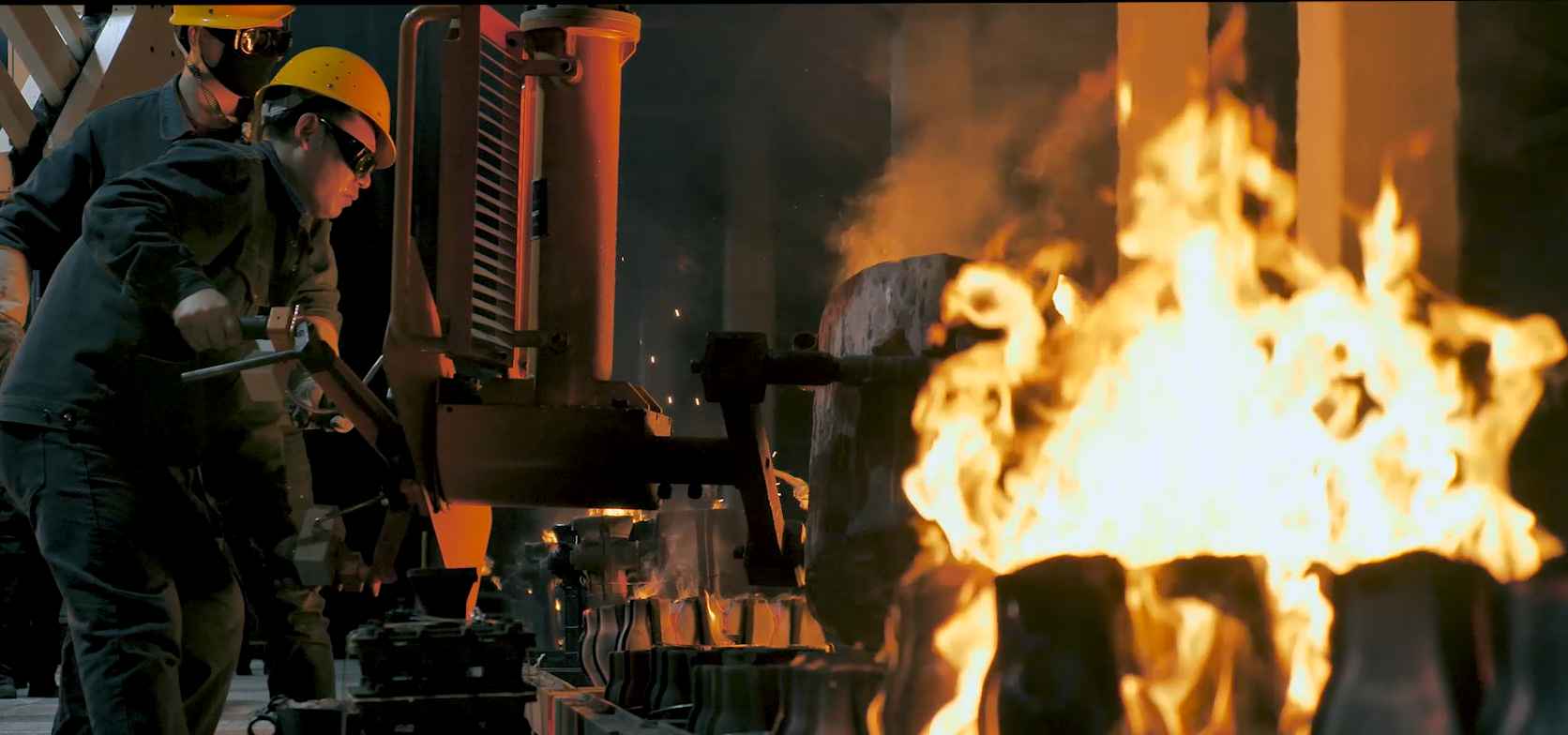Due to the characteristics of duplex structure, by correctly controlling chemical composition and heat treatment process, duplex stainless steel has the advantages of both ferritic stainless steel and austenitic stainless steel. It combines the excellent toughness and weldability of austenitic stainless steel with the high strength and chloride stress corrosion resistance of ferritic stainless steel. It is precisely these superior properties that have led to the rapid development of duplex stainless steel as a weldable structural material, Since the 1980s, it has become a steel category alongside martensitic, austenitic, and ferritic stainless steels. Duplex stainless steel has the following performance characteristics:

- Molybdenum containing duplex stainless steel has good resistance to chloride stress corrosion under low stress. Generally, 18-8 type austenitic stainless steel is prone to stress corrosion fracture in neutral chloride solutions above 60 ° Heat exchangers, evaporators, and other equipment made of this type of stainless steel in trace chloride and hydrogen sulfide industrial media have a tendency to produce stress corrosion fracture, while duplex stainless steel has good resistance.
- Molybdenum containing duplex stainless steel has good resistance to pitting corrosion. When having the same equivalent value of pitting resistance (PRE=Cr%+3.3Mo%+16N%), the critical pitting potential of duplex stainless steel is similar to that of austenitic stainless steel. The pitting corrosion resistance of duplex stainless steel and austenitic stainless steel is equivalent to AISI 316L. The resistance to pitting and crevice corrosion of high chromium duplex stainless steel containing 25% Cr, especially nitrogen, exceeds that of AISI 316L.
- It has good corrosion fatigue resistance and wear corrosion performance. Suitable for making power equipment such as pumps and valves under certain corrosive media conditions.
- Good comprehensive mechanical properties. It has high strength and fatigue strength, with a yield strength twice that of 18-8 austenitic stainless steel. The elongation of the solid solution state reaches 25%, and the toughness value AK (V-notch) is above 100J.
- Good weldability and low tendency for hot cracking. Generally, preheating is not required before welding and heat treatment is not required after welding. It can be welded with dissimilar materials such as 18-8 austenitic stainless steel or carbon steel.
- The hot working temperature range of duplex stainless steel containing low chromium (18% Cr) is wider than that of 18-8 austenitic stainless steel, with low resistance. It can be directly rolled to produce steel plates without forging. Dual phase stainless steel containing high chromium (25% Cr) is slightly more difficult to hot work than austenitic stainless steel, and can produce products such as plates, tubes, and wires.
- During cold working, the work hardening effect is greater than that of 18-8 type austenitic stainless steel. In the initial stage of deformation of the tube and plate, significant stress needs to be applied in order to deform.
- Compared with austenitic stainless steel, it has a high thermal conductivity and a low linear expansion coefficient, making it suitable for use as a lining for equipment and in the production of composite plates. It is also suitable for making tube cores for heat exchangers, with higher heat exchange efficiency than austenitic stainless steel.
- There are still various brittle tendencies of high chromium ferritic stainless steel, and it is not suitable for use in working conditions above 300℃. The lower the chromium content in duplex stainless steel. The less harmful the equibrittle phase is.

Dual phase stainless steel has the characteristics of both austenitic stainless steel and ferritic stainless steel due to its dual phase structure of austenite and ferrite, and the content of the two phases is basically the same. The yield strength can reach 400Mpa~550MPa, which is twice that of ordinary austenitic stainless steel. Compared with ferritic stainless steel, duplex stainless steel has higher toughness, lower brittle transition temperature, and significantly improved intergranular corrosion resistance and welding performance; At the same time, it retains some characteristics of ferritic stainless steel, such as brittleness at 475 ℃, high thermal conductivity, low linear expansion coefficient, superplasticity, and magnetism. Compared with austenitic stainless steel, duplex stainless steel has higher strength, especially significantly improved yield strength, and significantly improved performance such as pitting corrosion resistance, stress corrosion resistance, and corrosion fatigue resistance.
Duplex stainless steel can be classified into four types based on its chemical composition: Cr18 type, Cr23 (excluding Mo) type, Cr22 type, and Cr25 type. For Cr25 type duplex stainless steel, it can be divided into ordinary type and super duplex stainless steel, among which Cr22 type and Cr25 type are more commonly used. The majority of duplex stainless steels used in China are produced in Sweden, with specific grades including 3RE60 (Cr18 type), SAF2304 (Cr23 type), SAF2205 (Cr22 type), and SAF2507 (Cr25 type).




